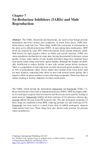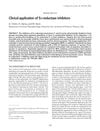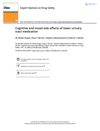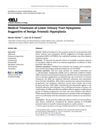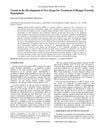Efficacy and Side Effects of Drugs Commonly Used for the Treatment of Lower Urinary Tract Symptoms Associated With Benign Prostatic Hyperplasia
May 2020
in “
Frontiers in Pharmacology
”
5α-reductase inhibitors α1-adrenoceptor antagonists muscarinic receptor antagonists beta-3 adrenoceptor agonists mirabegron phosphodiesterase 5 inhibitors tadalafil benign prostatic hyperplasia lower urinary tract symptoms prostate volume PSA levels 5-alpha reductase inhibitors alpha-1 blockers beta-3 agonists PDE5 inhibitors Cialis BPH LUTS
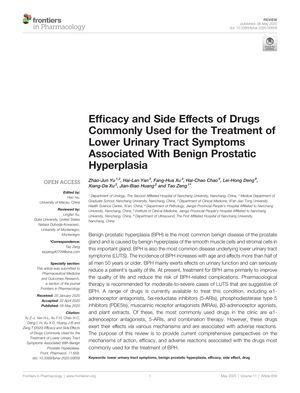
TLDR Different drugs for prostate-related urinary symptoms work but have various side effects, and treatment should be tailored to the individual.
The document reviews the efficacy and side effects of various drugs for treating lower urinary tract symptoms (LUTS) associated with benign prostatic hyperplasia (BPH). α1-adrenoceptor antagonists are effective, particularly for men with smaller prostates, but can cause cardiovascular events, ejaculatory dysfunction, and intraoperative floppy iris syndrome. 5α-reductase inhibitors reduce prostate volume and PSA levels, suitable for patients with an enlarged prostate, but may lead to sexual side effects. Muscarinic receptor antagonists improve storage symptoms but have side effects like dry mouth and constipation. Beta-3 adrenoceptor agonists, such as mirabegron, offer a well-tolerated alternative with fewer side effects. Plant extracts have variable efficacy and are not universally recommended. Phosphodiesterase 5 Inhibitors (PDE5Is) like tadalafil are FDA-approved for BPH and improve symptoms without affecting urinary flow rate, but have moderate side effects. The document underscores the importance of individualized treatment plans and considering cardiovascular health, especially when prescribing tadalafil. The research was supported by the National Nature Science Foundation of China. Specific numbers of study participants were not provided, as the document is a general review.
